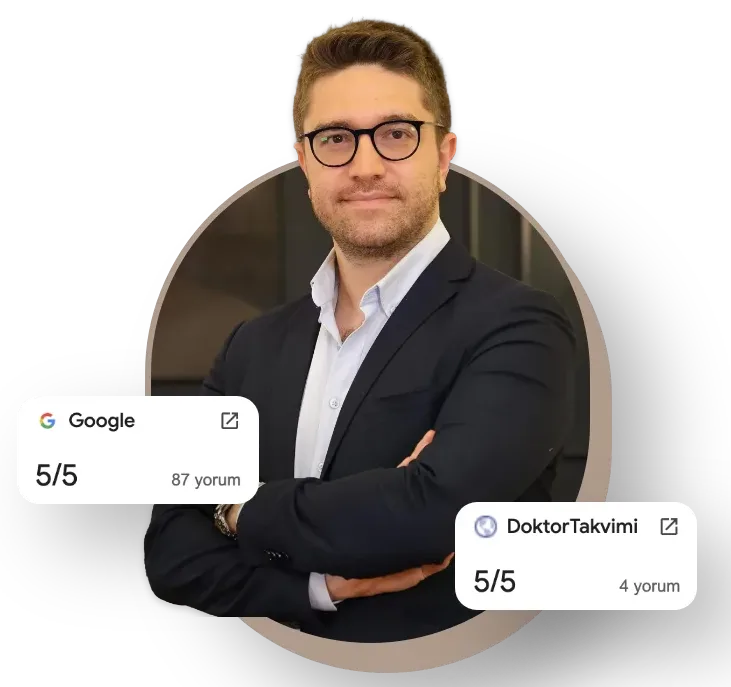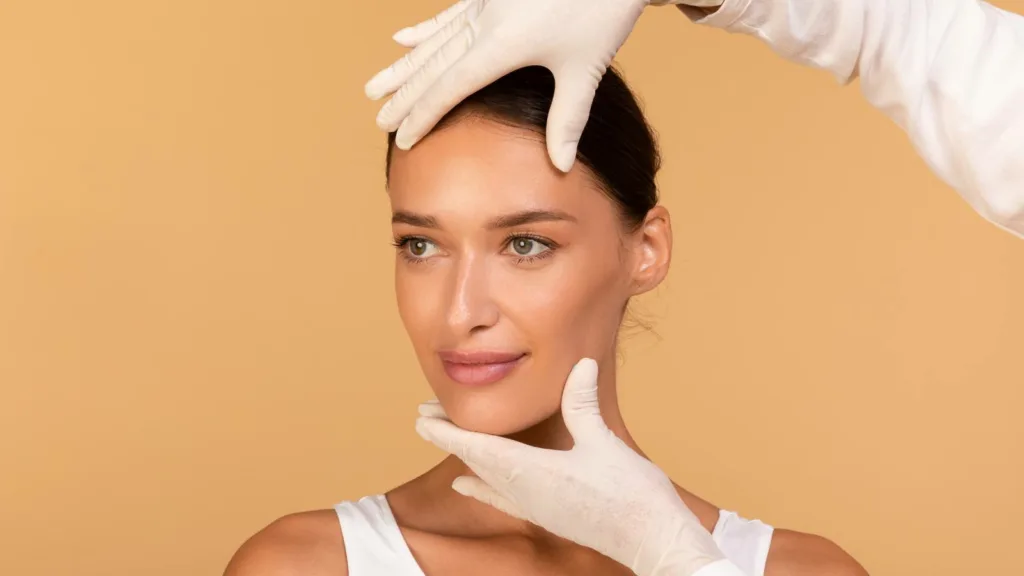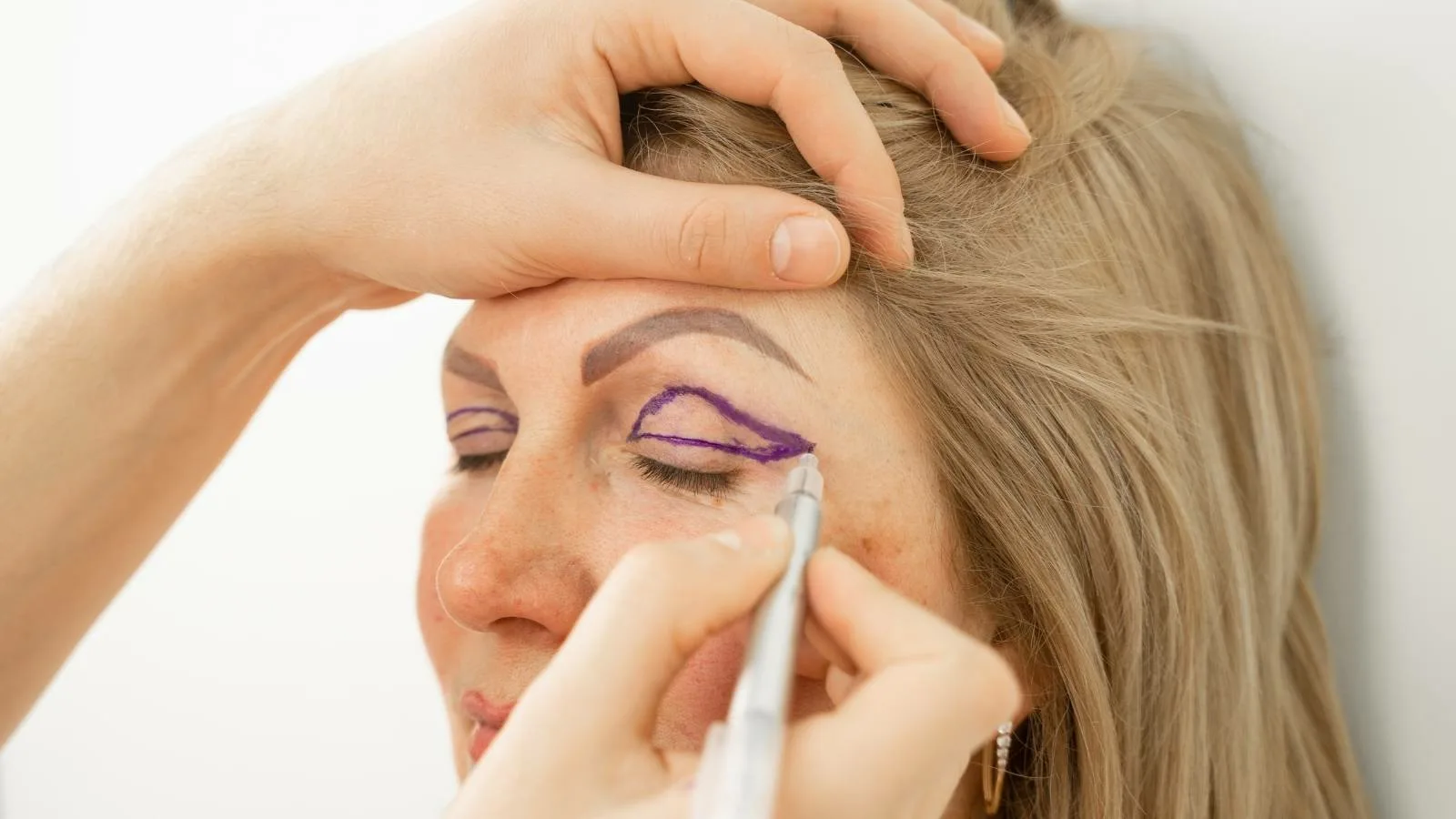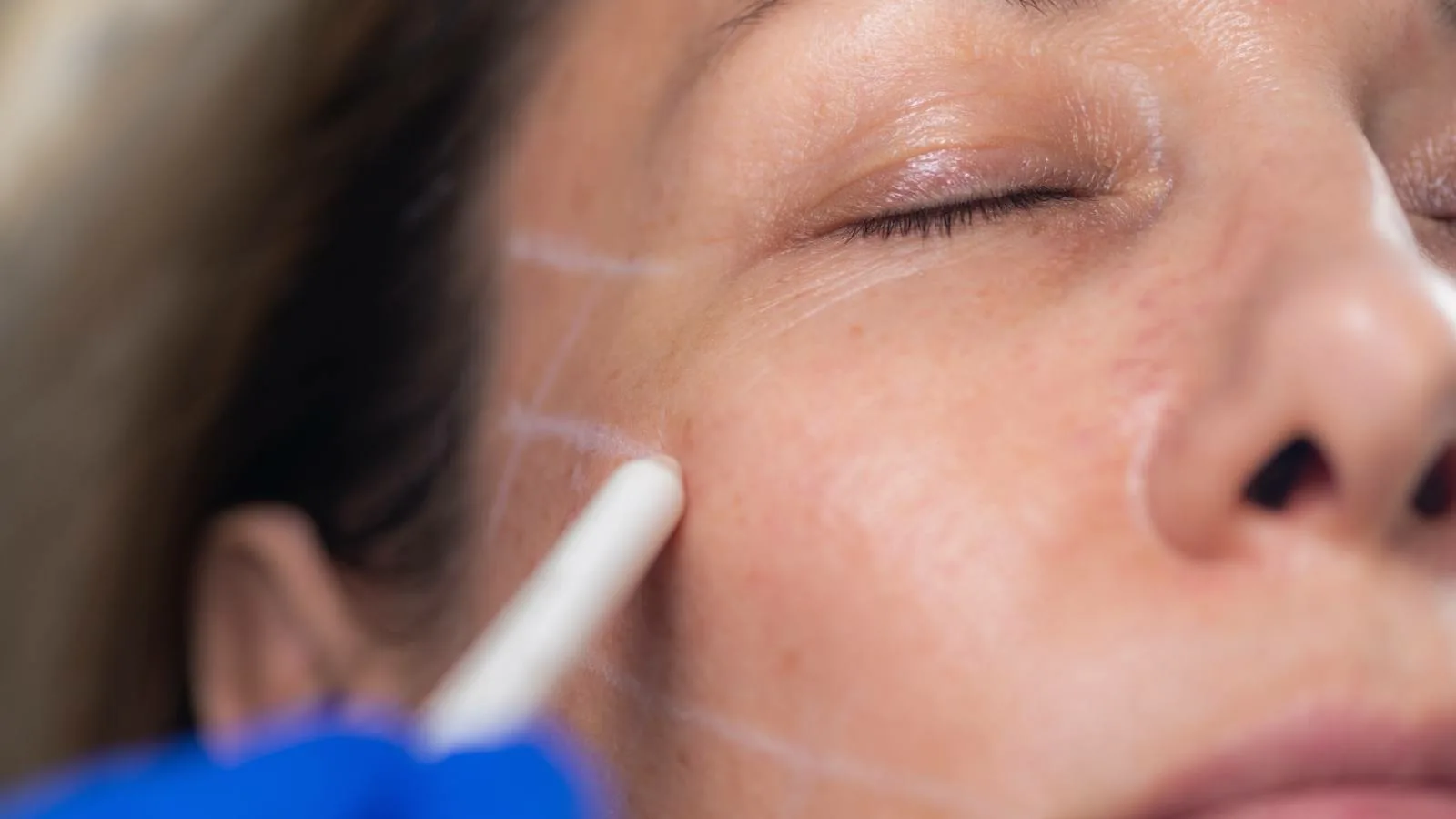In the United States, the temporal lift is a minimally invasive procedure designed to elevate the outer portion of the brows and improve upper facial aesthetics. With doubled pricing, the average cost ranges from $10,000 to $16,000 USD, depending on whether it is performed endoscopically, under local or general anesthesia, and the surgeon’s credentials. Clinics in Beverly Hills, New York, and Miami often charge premium fees, especially when combined with eyelid surgery or full facelifts.
In the United Kingdom, private clinics charge between £7,000 and £12,000 for a lateral brow or temporal lift. London-based aesthetic centers may price higher when the procedure is done with endoscopic techniques or paired with upper blepharoplasty. This surgery is not covered by the NHS, as it is considered purely cosmetic unless linked to medical or functional impairment (such as vision obstruction).
In Australia, the cost of a temporal lift falls between AUD 12,000 and AUD 20,000, particularly in cities like Sydney, Melbourne, and Brisbane. Pricing depends on the surgical method used, the reputation of the surgeon, and whether the procedure is performed in a day-surgery facility or hospital. In Canada, private clinics typically charge between CAD 10,000 and CAD 18,000, especially in cosmetic-focused centers in Toronto, Vancouver, and Montreal. As in other countries, provincial health plans do not cover cosmetic brow or temporal lifts.
How Do the Surgeon’s Experience and Expertise Affect Temporal Lift Prices?
The experience and expertise of the surgeon play a decisive role in the cost of a temple lift procedure. Experienced surgeons, with their in-depth knowledge and technical skills in aesthetic surgery, ensure that the operation is performed safely and successfully. For this reason, more experienced surgeons often charge higher fees. Nevertheless, this increase is an important factor in achieving high patient satisfaction with the results of the surgery.
- Complication Management: Experienced surgeons are skilled at preventing and managing complications that can arise during surgery. Particularly for a delicate procedure like a temple lift, it’s crucial that the final outcome looks both aesthetically enhanced and natural.
- Educational Background: A surgeon’s training, participation in national and international seminars, scientific research, and overall reputation in the field of aesthetic surgery can also influence pricing.
How Does Clinic or Hospital Selection Determine Temple Lift Costs?
The clinic or hospital where the temple lift is performed is one of the main factors directly affecting its cost. This choice is not only a financial decision, but also has a crucial impact on the success of the operation and patient satisfaction. The geographical location of the facility is among the key elements shaping its pricing policy.
- Location-Related Costs: Healthcare facilities in major cities or prestigious districts often have higher rental and operating expenses, which can be passed on in their service fees.
- Technological Infrastructure: A center equipped with modern devices and up-to-date surgical techniques provides a high-quality experience, but the cost of these resources is reflected in the fee.
- Pre- and Postoperative Services: Additional services such as comprehensive health screenings, personalized consultations, and extended recovery support also play a role in determining costs.
How Do Techniques and Methods Used in a Temple Lift Affect Prices?
The techniques and methods employed in a temple lift can directly influence costs, particularly due to the scope, duration, and complexity of the operation. These surgical approaches may vary based on the equipment used and the surgeon’s level of expertise.
- Endoscopic Methods: Minimally invasive, offering faster recovery and reduced scarring, but they require advanced technology and specialized training, often leading to higher costs.
- Traditional Surgical Methods: Involving more extensive incisions and offering long-lasting results, but the recovery period and potential scarring must be carefully assessed.
- Thread Lifts: A nonsurgical alternative, generally more affordable but with limited longevity; the procedure may need repeating over time.
- Anesthesia Type: The use of local or general anesthesia influences costs; local anesthesia is generally less expensive, whereas general anesthesia may increase overall fees.
Additionally, the quality of sutures, implants, and other medical materials used in surgery can affect costs. High-quality materials provide better long-term outcomes and minimize complications, offering a significant advantage.
Does Postoperative Care and Additional Treatments Come Included in Temple Lift Fees?
The recovery period after a temple lift is crucial for both the success of the surgery and patient satisfaction. During this time, follow-up such as suture removal, managing swelling and bruising, and preventing infections may be required. Patients should clarify prior to surgery whether these postoperative care services are included in the surgical fee.
- Routine Care Services: Some clinics include basic postoperative follow-up visits and care in the quoted price, whereas others may bill these as additional costs.
- Additional Medications and Treatments: Special creams, bandages, or medical devices needed during recovery are often charged separately.
- Importance of Clear Communication: Patients should confirm the scope of postoperative care services in advance to avoid surprises in both physical and financial aspects.
How Do a Patient’s Individual Characteristics Affect Temple Lift Costs?
The individual characteristics of each patient are among the most important factors in determining temple lift costs. Factors such as facial anatomy, skin condition, and degree of aging differ, so the surgical plan is tailored to each patient.
- Skin Elasticity and Sagging: For patients with significant skin laxity, a more comprehensive approach is required, potentially prolonging the operation and increasing costs.
- Genetic Factors and Aging Processes: These can affect the degree of looseness in facial tissues and the complexity of the surgery.
- Skin Thickness: Thicker skin may necessitate more detailed intervention. Patients with thinner skin may heal more quickly, which can influence costs.
- Facial Asymmetry: Correcting imbalances in the eyebrows or temple region can necessitate additional surgical procedures, raising the overall cost.
- Combining Procedures: When a temple lift is performed together with other aesthetic operations (e.g., brow lift, eyelid surgery), it can lengthen and complicate the surgery, leading to higher costs.

Op. Dr. Erman Ak is an internationally experienced specialist known for facial, breast, and body contouring surgeries in the field of aesthetic surgery. With his natural result–oriented surgical philosophy, modern techniques, and artistic vision, he is among the leading names in aesthetic surgery in Türkiye. A graduate of Hacettepe University Faculty of Medicine, Dr. Ak completed his residency at the Istanbul University Çapa Faculty of Medicine, Department of Plastic, Reconstructive and Aesthetic Surgery.
During his training, he received advanced microsurgery education from Prof. Dr. Fu Chan Wei at the Taiwan Chang Gung Memorial Hospital and was awarded the European Aesthetic Plastic Surgery Qualification by the European Board of Plastic Surgery (EBOPRAS). He also conducted advanced studies on facial and breast aesthetics as an ISAPS fellow at the Villa Bella Clinic (Italy) with Prof. Dr. Giovanni and Chiara Botti.
Op. Dr. Erman Ak approaches aesthetic surgery as a personalized art, tailoring each patient’s treatment according to facial proportions, skin structure, and natural aesthetic harmony. His expertise includes deep-plane face and neck lift, lip lift, buccal fat removal (bichectomy), breast augmentation and lifting, abdominoplasty, liposuction, BBL, and mommy makeover. He currently provides safe, natural, and holistic aesthetic treatments using modern techniques in his private clinic in Istanbul.









